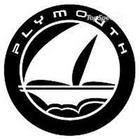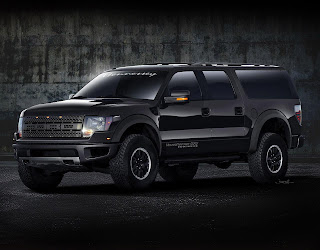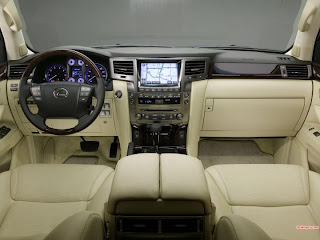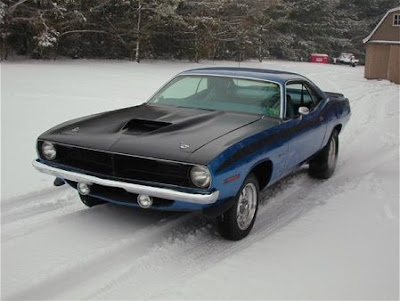The
2011 GMC Sierra All Terrain HD concept is an exploration of heavy-duty truck capability combined with greater off-road versatility. It is highlighted by a bold exterior design, enhanced all-terrain suspension and premium details expected of a GMC – all designed to enable greater access to off-road destinations.
The new
2011 GMC Sierra All Terrain HD concept underpins the All Terrain HD concept, with a modified, production-based 4WD chassis and the Duramax diesel/Allison 1000 six-speed powertrain. The enhanced suspension and unique body dimensions, including increased ground clearance and wider track, as well as greater approach/departure angles, deliver off-road capability while maintaining HD levels of payload and trailering capacity.
“The
2011 GMC Sierra All Terrain HD concept takes GMC’s outstanding new HD platform to the next level, marries it to the legendary Duramax diesel/Allison transmission, and provides a heavy-duty expression of GMC’s premium All Terrain package,” said Lisa Hutchinson, GMC product marketing director. “It delivers the exceptional capabilities of the
2011 GMC Sierra All Terrain HD concept – hauling, towing and performance – and applies them to the toughest driving environments. It’s the ultimate professional-grade toolfor construction crews, ranchers and adventurers whose activities aren’t limited by where the pavement ends.”
The
2011 GMC Sierra All Terrain HD concept features a unique five-foot, eight-inch Crew Cab/short box body configuration that supports a wheels-at-the-corners proportion. Shorter in overall length than production
2011 GMC Sierra All Terrain HD concept models, the concept’s dimensions contribute to greater approach/departure angles. Additional off-road elements include:
Wider, 73-inch (1,853 mm) track for greater stability
Approximately 3 inches (76 mm) greater ground clearance
Custom front upper and lower control arms
Specially constructed Fox off-road shocks with remote fluid reservoirs (integrated in the wheel house liners)
Front and rear jounce shocks
Electronic front stabilizer bar disconnection
35-inch-tall BFGoodrich KM2 “mud terrain” tires mounted on 20-inch machined aluminum wheels
Full composite underbody protection.
“The capability-enhancing attributes of the Sierra All Terrain HD build on the already outstanding capabilities offered in the all-new production
2011 GMC Sierra All Terrain HD concept trucks,” said Hutchinson. “Although it is strictly aconcept, it is a pretty realistic one.”
2011 GMC Sierra HD Concept Pictures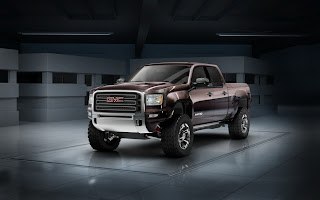 2011 GMC Sierra HD Concept Pictures
2011 GMC Sierra HD Concept Pictures
 2011 GMC Sierra HD Concept Pictures
2011 GMC Sierra HD Concept Pictures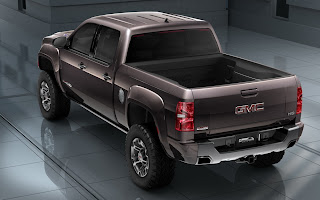
 2011 GMC Sierra HD Concept Pictures
2011 GMC Sierra HD Concept Pictures




























